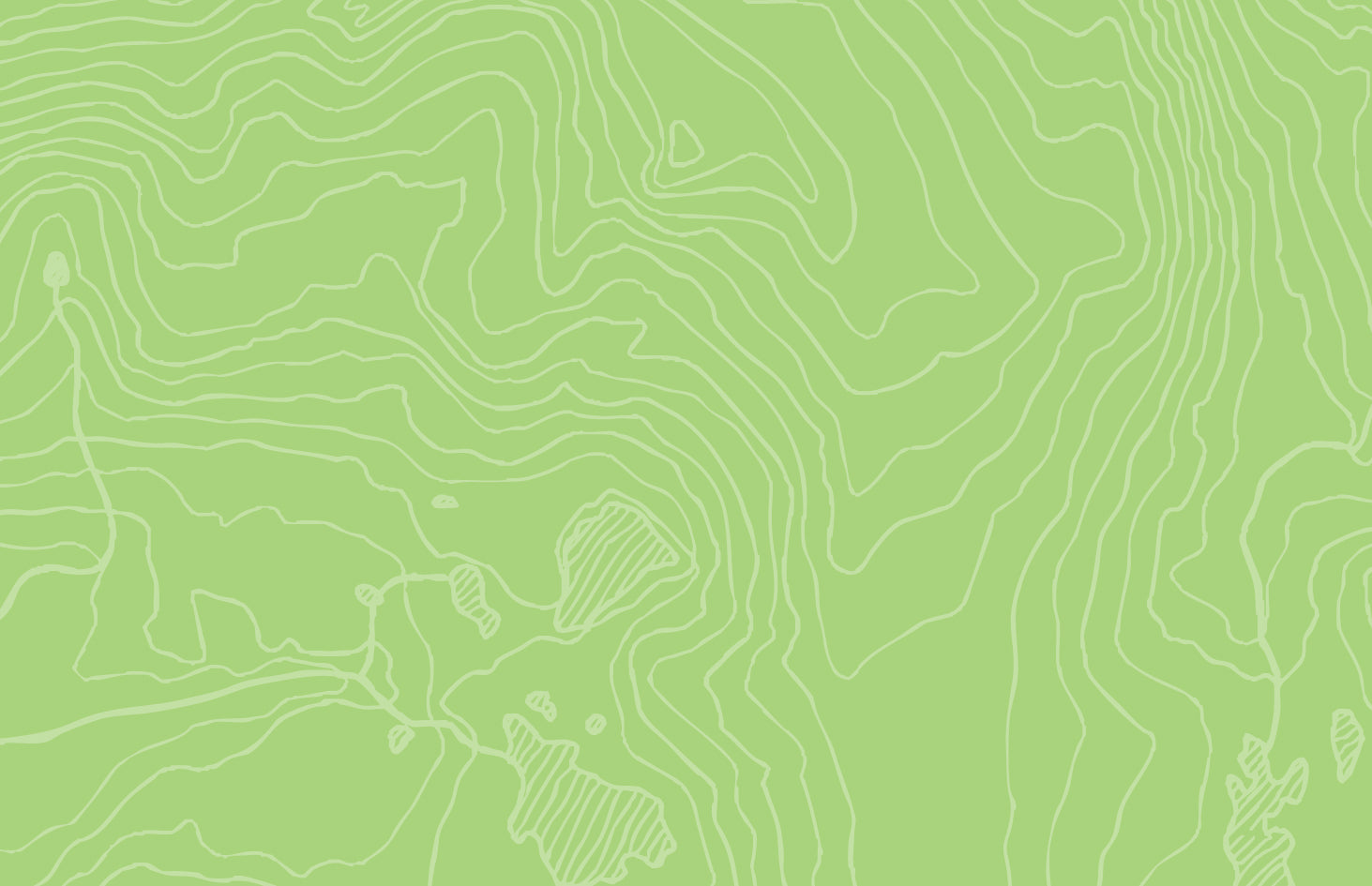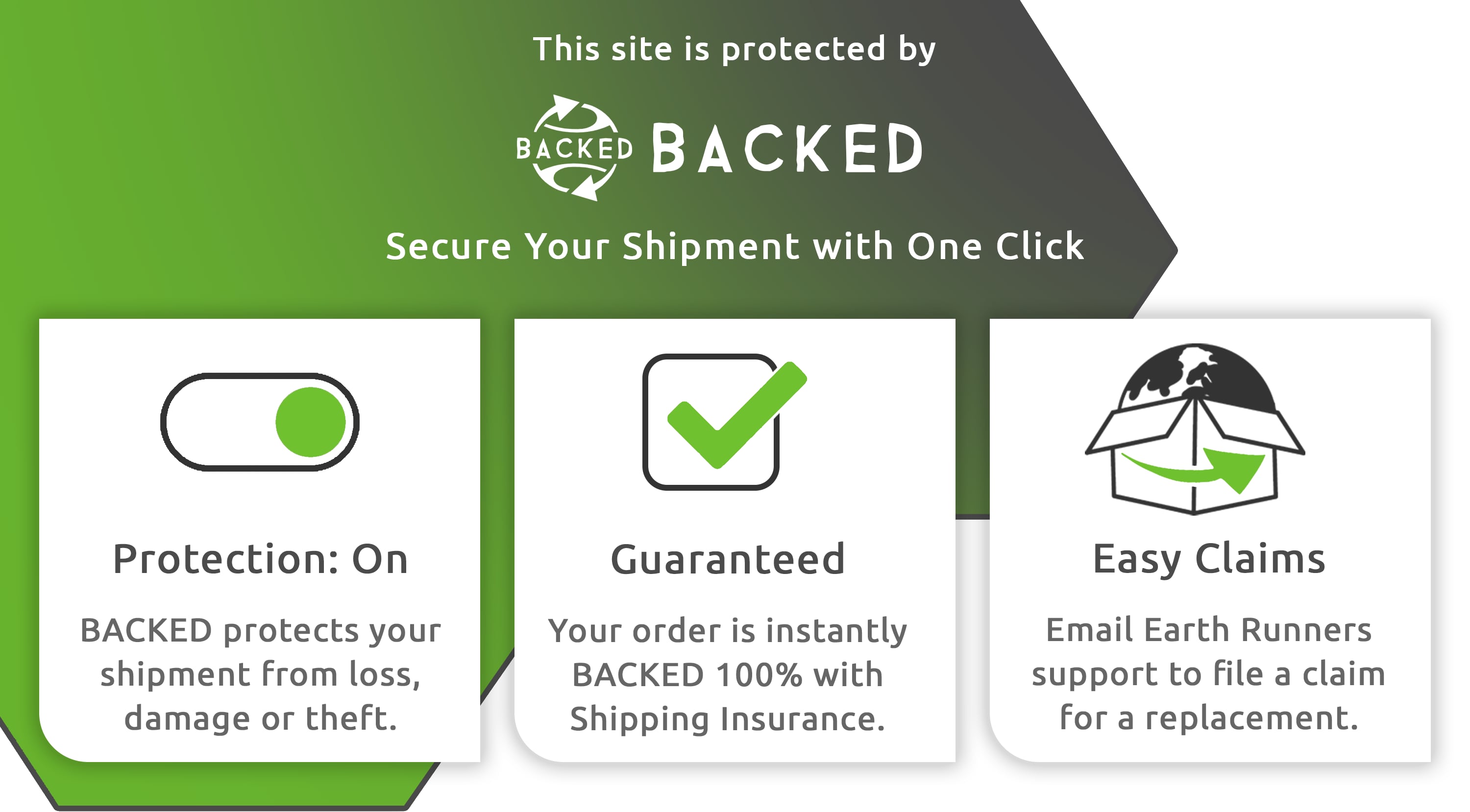Rewilding Sun Exposure

The sun is essential for life on Earth. Our ancestors evolved with the sun; for thousands of years cultures across the world have worshiped the sun (Ra in Ancient Egypt, Surya in Hinduism, and the Aztec sun gods Huitzilopochtli and Tezcatlipoca) as well as called upon it for healing.
It is only in modern times that humans have become disconnected from the natural world– spending more time indoors than outside– and even more recently that we began to fear the sun (sunscreen wasn’t even around until the 1930s!).
With an understanding of the benefits of the sun, and consequences of hiding from it, we can rewild our sun exposure and enjoy basking in the golden rays.
Healing with Sunlight: Ancestral Sun Therapy

In modern times we use sunscreen to hide from the sun, when in fact just as recently as about 100 years ago, sunlight was used for healing.[1]
For thousands of years, cultures around the world have practiced some form of heliotherapy: the therapeutic use of light. In Ancient Greece, sunlight therapy was an important part of athletic training and required for Olympic athletes to improve muscle health. And in more recent times (but still pre-sunscreen) in 1903 Niels Ryberg Finsen won the The Nobel Prize in Physiology/Medicine for his work on treating smallpox and tuberculosis with ultraviolet light. [2]
Currently, heliotherapy is most often used for treating acne, psoriasis, eczema, seasonal affective disorder, jet lag, and vitamin D deficiency. For a time, light therapy was widespread, but eventually it was replaced by antibiotics.
Preventing Skin Cancer via Ancestral Sun Exposure
The biggest concerns that have arisen in modern day about the sun are sunburn and skin cancer, which are drivers of sunscreen use.
The thing is, the ingredients in sunscreen have actually been tied directly to skin cancer. [3]

Several prominent sunscreens have been recalled due to the presence of carcinogenic (cancer-causing) ingredients. For example, in 2021 Johnson & Johnson recalled their Neutrogena and Aveeno sunscreens due to the carcinogen benzene found in their products– benzene is a group 1 carcinogen linked to blood cancers, including acute myeloid leukemia.[4]
Other ingredients in sunscreens that are linked to cancer, allergies, or are known endocrine disruptors include oxybenzone, octinoxate, octisalate, octocrylene, homosalate and avobenzone which are all systemically absorbed into the body after one use AND can be detected on the skin and in the blood even weeks after use stopped. These ingredients are so pervasive that they even show up in breast milk and urine samples.[3]
Spray sunscreens create a fine mist of particles that enter the body directly through the lungs, and applying sunscreen to the lips invites it into the mouth and then downstream to the other internal organs.
So we’ve established that sunscreen can be toxic, but here’s the real kicker: people who work outdoor jobs have lower instances of dangerous skin cancer than those who work indoor jobs.[5]
One study by a chemist with the Food and Drug Administration writes that "although outdoor workers get three to 10 times the annual UV dose that indoor workers get, they have similar or lower incidences of cutaneous malignant melanoma.” She attributes this to a few factors, one of which is infrequent intense bursts of sun, like an office worker who spends very little time outdoors, and then goes on a sunny outdoor vacation. The World Health Organization shares this line of thinking as they state on their website “Tumor development may be linked to occasional exposure to short periods of intense sunlight, such as at weekends or on holiday. The higher incidence of malignant melanoma in indoor workers compared to outdoor workers supports that notion.”

A Swedish study found that avoidance of sun exposure is a risk factor for death of a similar magnitude as smoking.[6]
This brings us to the next major breakthrough: Being tan is a natural shield against skin cancer, particularly the deadliest sort: melanoma.[7]
Ancestrally-speaking, this makes complete sense. Skin cancer rates have skyrocketed in modern times– what are we doing differently? Spending all day indoors, and when we do go outside, we lather up in sunscreen. Our ancestors did not use sunscreen and did not spend all day living and working inside modern buildings– they would have had some level of a tan from regular sun exposure.
This gene associated with having a tan not only fixes any sun damage you've got, it also protects against sun damage in the future. Interestingly, this gene also prompts production of beta-endorphins, the brain's natural opiate, which could be our biology’s way of making the sun “addictive,” and promoting sun-seeking behavior.
Natural Sunburn Prevention via Rewilding Sun Exposure
There are several factors at play when it comes to why people sunburn: your skin pigment (“Fitzpatrick skin type”), the level of base tan you have; where on Earth you are, the season, the time of day; your diet, nutritional deficiencies, antioxidant levels, and the oils you consume– to name a few. Natural sunburn protection requires some common sense in combination with ancestral rewilded sun exposure.
Your Skin Type
Your skin type plays a part in determining not only how fast you burn, but also how quickly your body makes vitamin D from sunlight. Your “Fitzpatrick skin type” is a good indicator of how much sun time you require to satisfy your vitamin D requirement. Here are the 6 skin types as described by the Fitzpatrick scale[8]:

1: Pale white skin, blond/red hair: Always burns, does not tan
2: Fair skin, blue eyes: Burns easily, tans poorly
3: Dark Caucasian: Tans after initial burn
4: Light brown skin: Burns minimally, tans easily
5: Brown skin: Rarely burns, tans darkly easily
6: Dark brown or black skin: Never burns, always tans darkly
According to this system of classification, someone with skin type 1 would need approximately 10-15 minutes of sun exposure to meet their daily vitamin D requirement. Someone with skin type 3 would need at least 40 minutes to produce the same amount of vitamin D; while someone with skin type 6 might require over 2 hours!
This isn't a hard and fast rule: the amount of skin exposed, your age, the time of day, UV index, cloud coverage, and time of year all play a role in determining how much vitamin D you are able to produce– in addition to how much of a tan you have already built up. As you get tanner, the melanin in your skin kind of “shifts” your Fitzpatrick type– making you more resistant to sunburn, but also increases the amount of sun exposure it takes for your body to make vitamin D. While you may prefer to start slow and cautious, as you incorporate more ancestral sun practices, you will find your sun tolerance increases.[7]
Ancestral Sunscreen

Ancestral sunscreen– is there really such a thing?
While you probably won’t find a bottle of Renaissance sun block, there are a few ways to rewild your sun exposure to find a balance between biologically appropriate sun protection, and preventing sunburn.
As we’ve learned, building up a base tan helps protect the skin from burning. The safest way to do this if you are someone who spends most of your time indoors, or is very pale, is to start with short sessions of sun (5-10 minutes) to gradually build up your tolerance and natural defenses over time. While there is a gene mutation that can prevent some very pale (usually redheads) from tanning– just because you are pale does not mean you can’t tan! If you believe you always burn, it may be because you have never set out to work on a base tan very slowly and intentionally.
When you have met your quota of sun for the day, you can find shade, or layer up. Long, lightweight layers will protect you from burning without the consequences of toxic sunscreens.
The most ancestral and supportive way to work up your sun tolerance is to not only get outside mid-day to work on your tan and vitamin D levels, but to also get outside during the golden hours of sunrise and sunset.
Rewilded Sun Exposure
While you get max vitamin D mid day when the sun is overhead, the infrared light available at sunrise and sunset “prepare and repair” your skin from UV radiation.[9] Our ancestors' sun regimen would have been outside much of the time, so their skin would have been primed for UVB exposure by infrared light in the AM, and healed by the IR at sunset. IR-A can also help skin regeneration, reduce inflammation, and prevent photo-aging– this is part of why red light therapy is popular these days, it’s truly healing![10]
Diet & Sunburn
There are certain foods that can act as an internal ancestral sunscreen, such as astaxanthin. Astaxanthin is a red-pink pigment found in various seafoods which has been shown to reduce markers of oxidative stress and improve photoprotection and overall skin health. [11, 12]
Cell membranes are made up largely of saturated fats; if "you are what you eat" then processed junk fats won't build healthy, resilient skin the way that healthy saturated fats will. Diet is an underlooked yet important way of protecting yourself from the inside out.
You Are What You Eat

Pre 1900s everyone cooked in butter and lard and no one used sunscreen. Somehow, our ancestors survived–and dare I say–thrived?!
The quality of your skin and cell membranes = the quality of the oils you consume. AKA... you are what you eat. A key marker of longevity and aging is the quality of mitochondrial membranes: studies show animals with more saturated fat/peroxidation-resistant membrane composition live longer.[13]
PUFAs (sunflower-soy-vegetable-canola-corn...oil) on the other hand are highly susceptible to oxidation which creates toxic byproducts and inflammation. These oils cause oxidative stress at a cellular level. If you consume cheap, highly refined, toxically-processed seed and vegetable oils, it will show both above and below the skin.[14]
The breakdown of cheap seed and vegetable oils into carcinogenic components and inflammatory byproducts makes the consumer more prone to burn. PUFAS have also been shown to suppress the T Regulatory cell-mediated immune reaction which can impair anti-tumor immune reactions, which essentially means these oils can not only make you more prone to burn, but they may also hinder your ability to resist skin cancer.
Ancestral sunscreen via diet means eating butter, tallow, lard, and ghee (the yummy stuff!).
The Problem with Sunglasses

Sunglasses are yet again a relatively new invention, with the first modern sunglasses coming onto the market around 1930 (the same time as sunscreen).
While primitive sunglasses existed, they were not the same as what we have today. The Inuit wore walrus ivory with slits in them to help with snow blindness, but they did not feature any light filtering or polarizing lenses.
In 12th century China, smoky quartz lensed glasses were worn for concealing judges’ facial expressions rather than for sun purposes, and additionally, quartz allows full-spectrum sunlight through, whereas modern sunglass lenses (usually plastic) do not.
More recently, in the 1700s a London optician experimented with colored lenses, but these were to help with vision problems, not for sun or fashion purposes. It wasn’t until 1929 that the first mass-produced sunglasses hit the market.
Sunglasses are typically worn to block sunlight. While they may reduce your need to squint, and perhaps serve as a fashion accessory, that’s about all they are good for. When you wear dark lenses, your pupils open up to allow more light into your eyes. While sunglasses block certain wavelengths of sunlight, they don‘t block all light (or else you wouldn’t see anything). Having your pupils extra dilated and taking in a limited set of rays is not only unnatural– it’s unhealthy. Sunglasses make your eyes work harder and can negatively impact vision, and they can even increase your risk for cataracts, macular degeneration, and even ocular melanoma.[15]
Sunglasses are a biological mis-match. Your eyes communicate directly with your brain, and tell you that it’s dark out. This makes your brain think it’s cloudy or dark, and your body is unprepared for sun exposure. In this way, sunglasses can make you more prone to burn.
Our eyes have photoreceptors that communicate with our brain, which communicates with the rest of the body. Wearing sunglasses confuses the body because your eyes aren’t able to accurately sense the light environment. Because sunglasses make the photoreceptors in your eyes think it’s dark & cloudy, your body isn’t properly prepared for sun exposure, which can make you more prone to sun burn!

Sunglasses also confuse your circadian rhythm, which can make you tired during the day & have insomnia at night. Long term sunglasses usage can make you depressed & increases rates of SAD (seasonal affective disorder).[15]
We didn’t evolve with sunglasses, we evolved with sunlight. When you block this vital information from entering the eyes as it should, it can affect hormone production and mood.[16]
If you’re going to be in intense light for a long period of time (like skiing), then sunglasses may be warranted. But for the average daily user, hats are a more natural form of aperture control that can prevent the need to squint, without blocking the sunshine nutrient.
Biologically and ancestrally appropriate sun exposure mean letting unfiltered light into your eyes. Rewild sun glare with a natural adjustable aperture that still allows full-spectrum light to your eyes.
Grounding: The Ancestral Sun Supplement

Quintessentially, one of the biggest biological disconnects of modern times is our use of insulated shoes, and spending the majority of our lives in insulated buildings.
Our ancestors spent most, if not all, of their time connected to the earth either by being barefoot, wearing leather-soled footwear, and living and sleeping in dirt-floored dwellings.
When you are grounded to the earth, your body syncs to the Schumann Resonance. The earth informs your circadian rhythm to your time and place, and also floods the body with anti-inflammatory negative ions. Ancestrally speaking, it only seems natural to be in touch with the earth while bathing in the delight of the sunshine. Additionally, if you do happen to burn, grounding has been found to be a powerful healer.
Grounding reduces inflammation and stimulates wound healing, and sunburn is an inflammatory response to ultraviolet light. Connecting to the earth produces measurable differences in the concentrations of white blood cells, cytokines, circulating neutrophils and lymphocytes, and other molecules involved in the inflammatory response.[17]
How to Start Rewilding Your Sun Exposure
Get Out, Get Sun, & Get Grounded
It’s clear the sun has been a victim of undeserved bad press. We humans evolved with the sun shining on our skin and the earth beneath our feet. The further we move away from the ancestral way of living, the more convoluted things get– new products are invented, new problems are created, and new solutions are needed.
- Go outside for 10-20 min of minimally-clothed sun time each day.
- Get grounded 10-20 minutes a day, possibly at the same time as sunning.
- Switch out unhealthy vegetable and seed oils for healthy ancestral oils and fats (butter, lard, ghee, coconut oil).
- Replace contact lenses with glasses, which you can remove when you are sunning.
- Avoid sunglasses; instead, use a hat for aperture control.
One thing is for sure– nature does not make mistakes. While the world we are living in is much different than the world our ancestors lived in, we can look back and find ways to rewild sun exposure and ourselves for biologically-friendly solutions to modern problems.
References:
-
https://www.ncbi.nlm.nih.gov/pmc/articles/PMC4530709/
-
https://www.nobelprize.org/prizes/medicine/1903/finsen/facts/
-
https://www.ewg.org/sunscreen/report/the-trouble-with-sunscreen-chemicals/
-
https://www.health.harvard.edu/staying-healthy/sunscreen-makers-withdraw-products-found-to-contain-cancer-causing-substance
-
https://www.ejcancer.com/article/S0959-8049(04)00833-0/fulltext
-
https://onlinelibrary.wiley.com/doi/full/10.1111/joim.12496
-
https://www.science.org/content/article/anti-cancer-gene-triggers-tanning
-
https://www.ncbi.nlm.nih.gov/books/NBK481857/table/chapter6.t1/
-
https://pubmed.ncbi.nlm.nih.gov/26745730/
-
https://books.google.com/books/about/The_Healing_Sun.html?id=3i9j95bgKQ4C
-
https://pubmed.ncbi.nlm.nih.gov/29941810/
-
https://www.ncbi.nlm.nih.gov/pmc/articles/PMC5946307/
-
https://www.semanticscholar.org/paper/Explaining-longevity-of-different-animals%3A-is-fatty-Hulbert/afbf15cb07974c135007726c2b4ed97a6d908922
-
https://pubmed.ncbi.nlm.nih.gov/3921234/
-
https://www.ratical.org/ratville/AoS/HealthAndLight.pdf
-
https://books.google.com/books/about/Light_Medicine_of_the_Future.html?id=7hPTAwAAQBAJ
-
https://www.ncbi.nlm.nih.gov/pmc/articles/PMC4378297/






